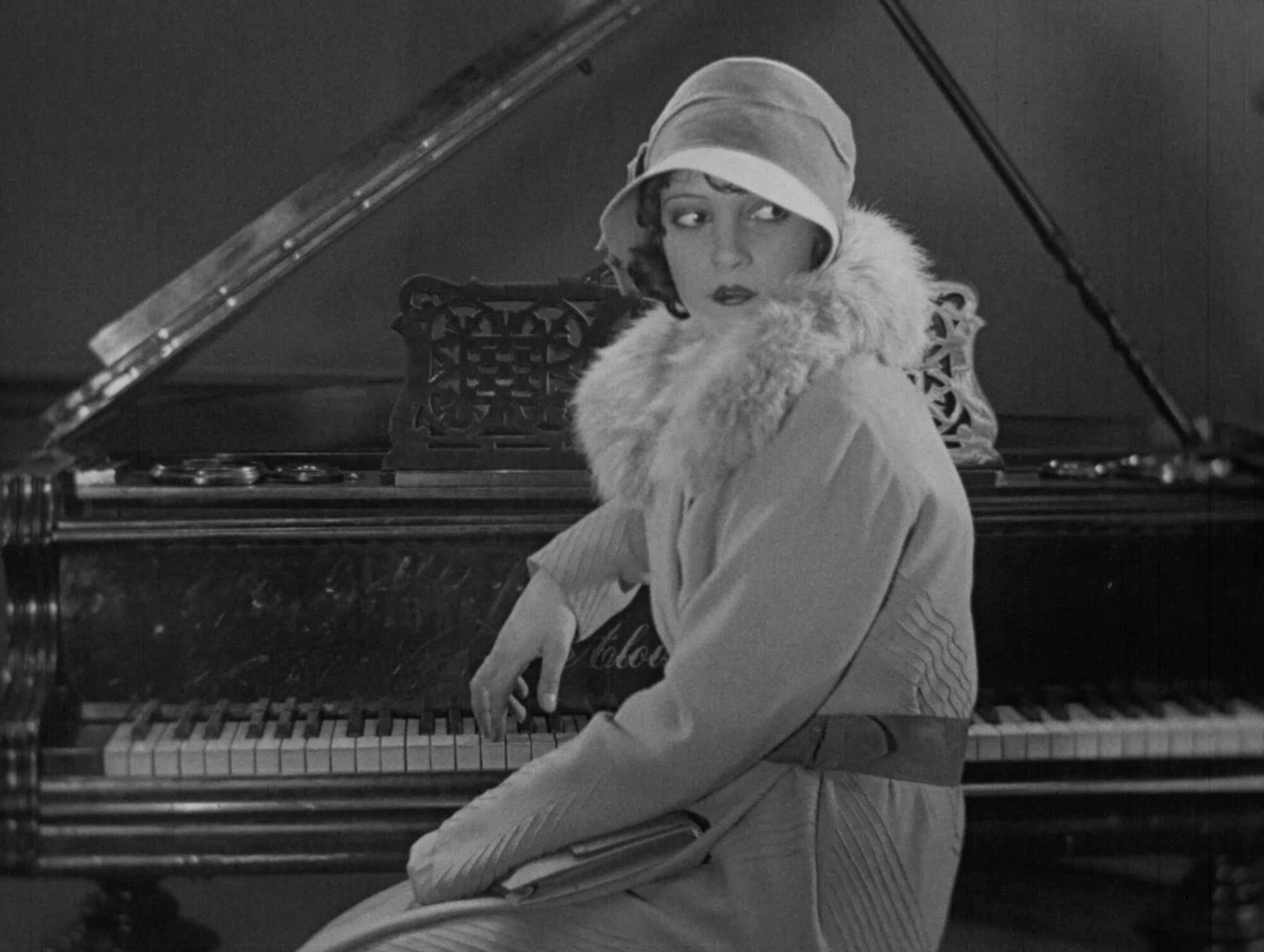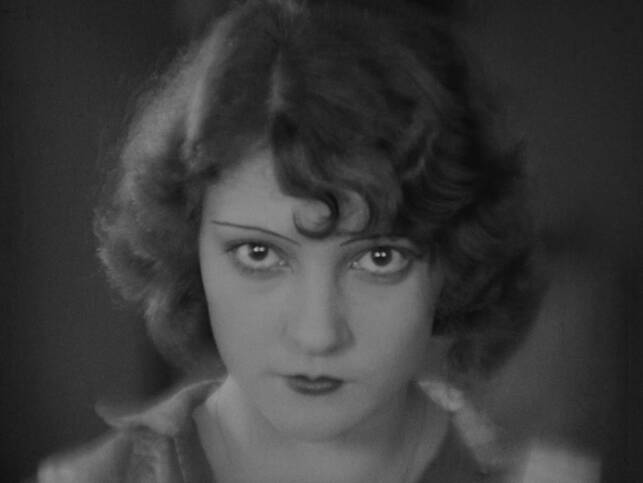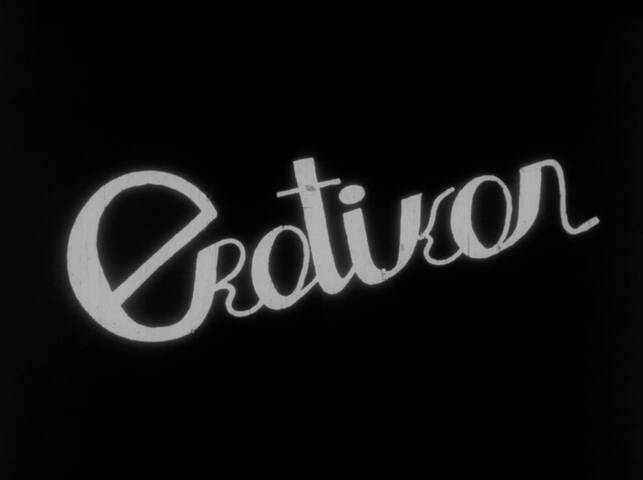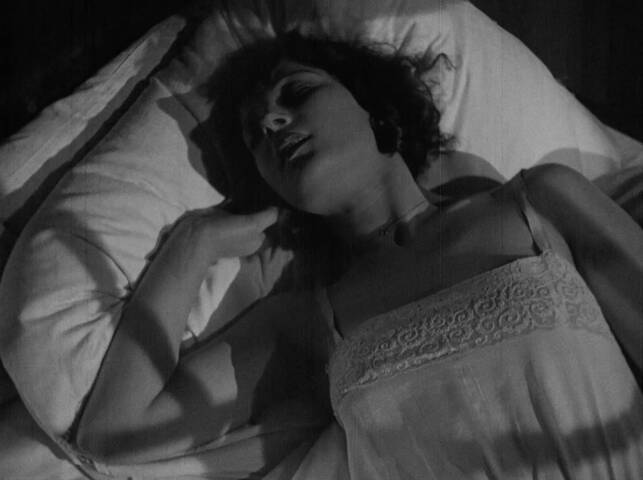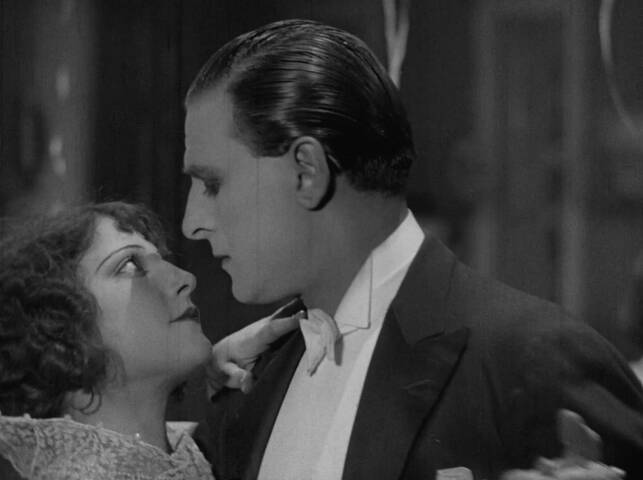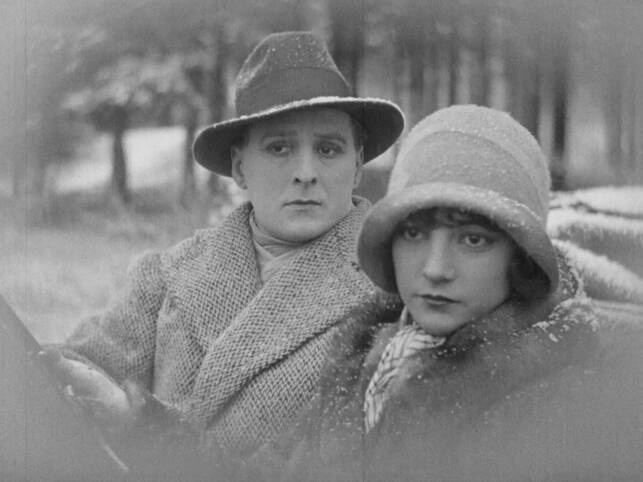Summary
Erotikon patří k vrcholným počinům československé němé kinematografie. Režisér Gustav Machatý zpracoval jednoduchý námět básníka Vítězslava Nezvala o milostném vzplanutí venkovské dívky, kterou přivede do jiného stavu neznámý cizinec. Těhotná žena odejde do města, kde chce tajně porodit. Ačkoli se nakonec z vděčnosti vdá za šlechetného, zámožného a usedlého muže, znovu málem podlehne bývalému milenci… Výlučnost Erotikonu spočívá především v modernistické formě. Ta z příběhu, jakoby vypůjčeného z červené knihovny, dodnes činí výjimečné dílo. Kompozičně důmyslné záběry, sugestivní světelné kontrasty, podmanivé využívání vizuálních symbolů a dynamický střih jsou dokladem režijního a kameramanského mistrovství. Snímek s mezinárodním obsazením v čele s hereckou hvězdou Itou Rinou byl prodán do zahraničí ještě před svým dokončením. Později na něj Machatý navázal podobně laděným, ale již zvukovým filmem Extase (1932)

